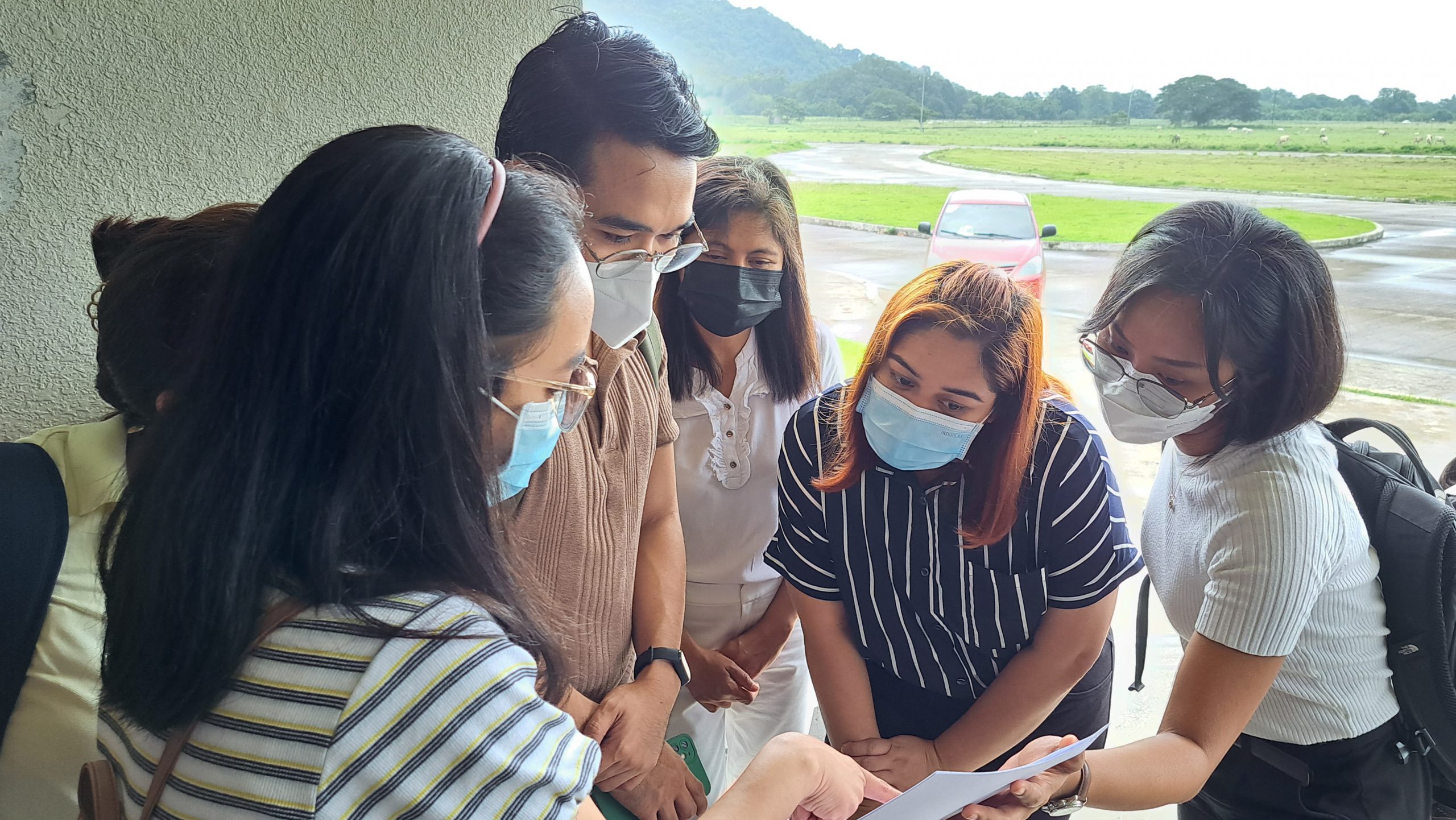
On July 29, the UPLB Technology Transfer and Business Development Office (TTBDO) launched its Hub & Spokes Program as part of its 15th anniversary celebrations. After a series of messages and informative talks on TTBDO’s history, its ongoing activities, and the collective vision for technology development and commercialization in the university, representatives of various UPLB units and the UP System TTBDO were treated to an intensive technology transfer training in the form of a game.
Coined by UK game designer Nick Pelling, “gamification” is the transformation of traditionally non-game activities (e.g., formal education, strategic planning, organizational learning, crowdsourcing) into more enjoyable, motivational, and knowledge-retaining processes.
While not an entirely new concept, gamification has once more been picking up steam.
In the game, aptly-called “Patentero,” the players act out the role of technology transfer officers assisting an inventor from the research and development (R&D) and through the commercialization phase of their technologies.
Technology transfer, gamified
Patentero is a play on the Tagalog word patintero, which refers to a traditional Filipino game played primarily by running and tagging. Integrated into the Patentero gameplay are typical game elements such as competition, completing side tasks, and performing timed challenges to advance to the next stations, or in other words, “level up.”
Brain teasers and popular Filipino parlor games served as tools not only to foster teamwork and make the educational activity engaging and memorable, but also to symbolize and reinforce processes related to technology generation and optimization, intellectual property protection, and commercialization.
During the July 29 Patentero game, five teams needed to navigate the ten stations that represented the steps in the technology transfer process in UPLB. The teams were provided a detailed guide on how the game is played and how technology transfer processes and procedures are carried out outside the gamified demonstration.
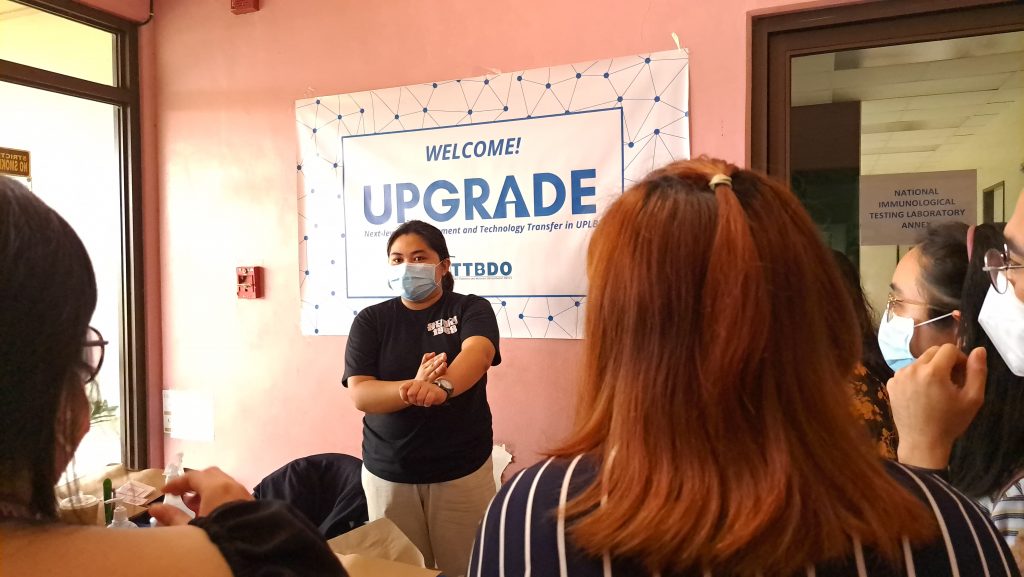
A team’s performance at charades determined how quickly they obtained a specific technology and advanced to the next station.
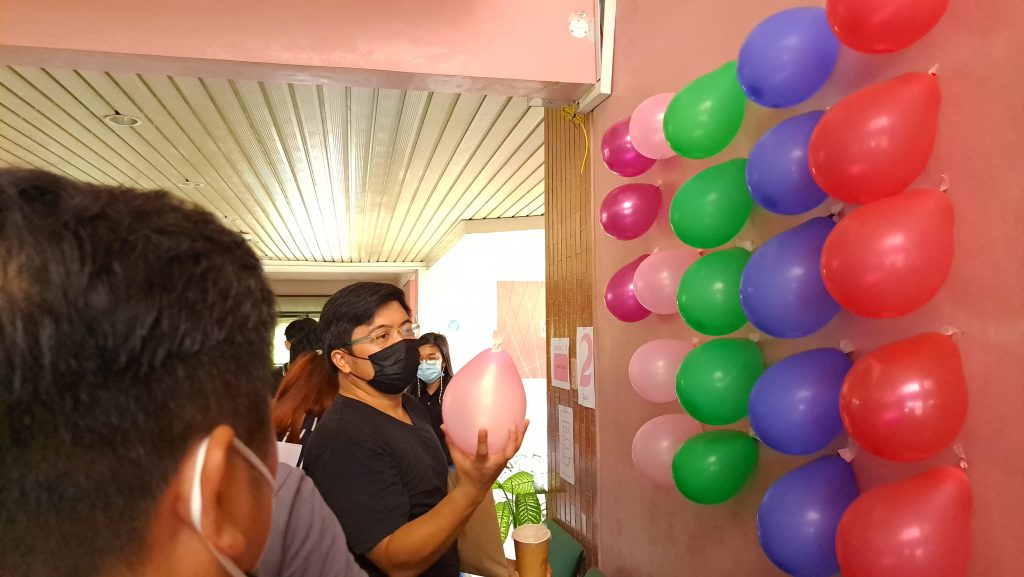
Players popped balloons bearing their team color, only stopping once they had found the balloon containing the word “safe.” Albeit conducted at a more complicated level during actual operations, proving and testing the safety of technologies are crucial phases of the technology development process.

Teams had to solve brain teasers and complete a number of tasks that symbolized concepts such as disclosing one’s invention, and establishing rapport and nurturing fruitful relationships with the other actors in the technology transfer process. Clearing this station earned a team the “terminal report” from the “inventor.”
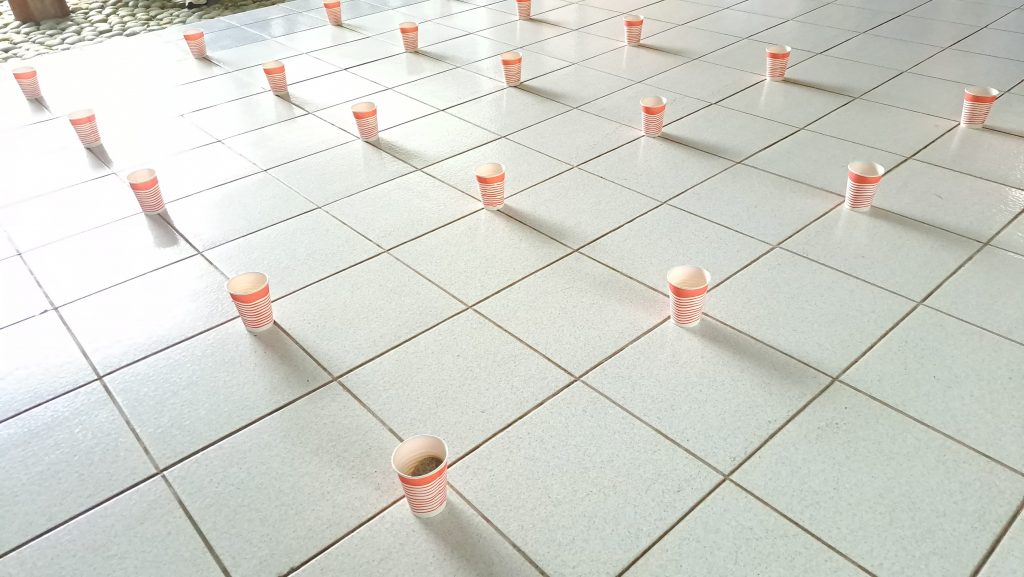
Calamansi relay, another well-loved parlor game, had its own unique role in conveying concepts related to prior art search. Weighed paper cups mirrored the ability of already-patented or registered technologies to impede the actual technology transfer process.
Various challenges, including dares, a bottle flip, and a game of pick-up sticks needed to be completed by the competing teams to obtain the documents necessary for them to move on to the next station (i.e., the Deed of Assignment, the Patent Drafting and Royalty Sharing Forms).
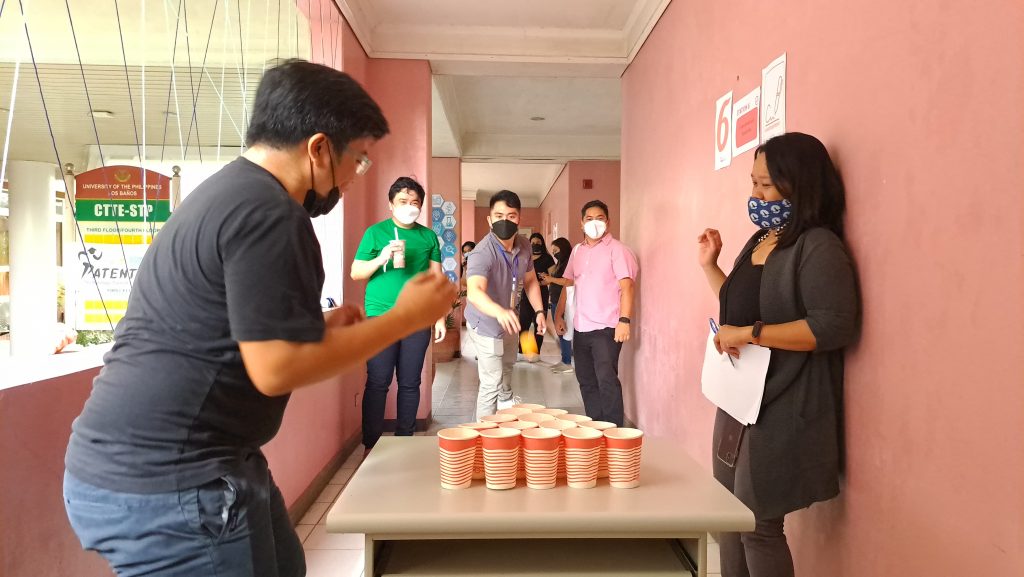
Getting ping-pong balls into cups is a seemingly easy task. Even so, it posed a challenge for the teams aiming to obtain their “endorsement letter.” This document was a team’s ticket to proceeding to the next station, where the role of the registered agent is introduced.
The last three stations involved the teams’ branding and demo presentations of their assigned technologies to the Intellectual Property Office, prospective investors, the fairness opinion board, and finally, the Chancellor’s Office.

The team composed of Mr. Cris Edwin Bonalos of the College of Economics and Management – Department of Agribusiness Management and Entrepreneurship (CEM–DAME), Mr. Paul Kenneth Maghirang of the Institute of Cooperatives and Bio-Enterprise Development (CEM–ICOPED), Mr. Von Ryan Ebron of the College of Human Ecology – Institute of Human Nutrition and Food (CHE-IHNF), and Mr. Kevin Ocampo of the UP Manila (UPM)-TTBDO emerged as the winner of the game.
Aside from the previously mentioned units from UPLB and UPM, the UPLB College of Arts and Sciences, the College of Forestry and Natural Resources, the College of Agriculture and Food Science, and the National Institute of Molecular Biology and Biotechnology also sent participants to the Hub & Spokes program soft launch and the Patentero game.

Just the beginning
Dr. Emil John Cabrera, director of the UPLB-TTBDO, formally closed the event by enjoining all UPLB units to participate in the office’s upcoming events. These, he said, include an inauguration of TTBDO’S pilot plans and the anticipated launch of its official manual for technology transfer.
Dr. Cabrera also announced plans for a broader rollout of Patentero, and the provision of various trainings related to intellectual property protection and technology transfer.
Patentero was conceptualized by a team from CEM-DAME led by Mr. Gian Carlo de Jesus.
The program launch was facilitated by TTBDO interns Socorro Mae Marcaida and Benedict Kyle Barber.
